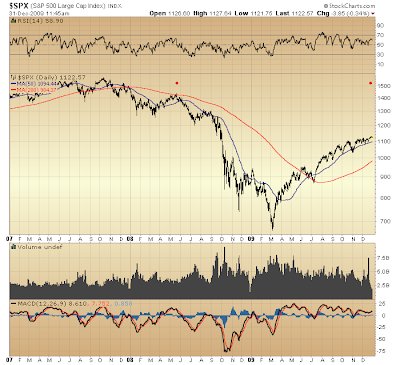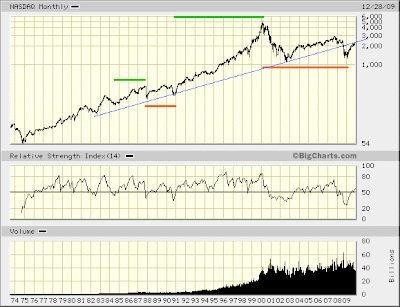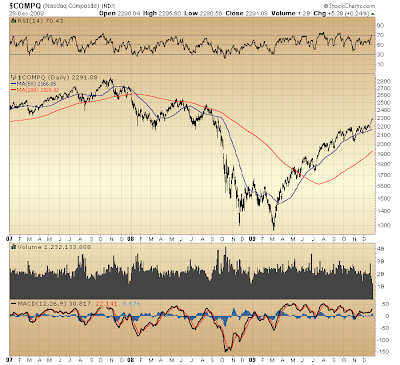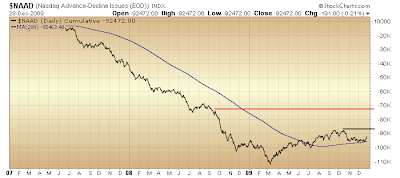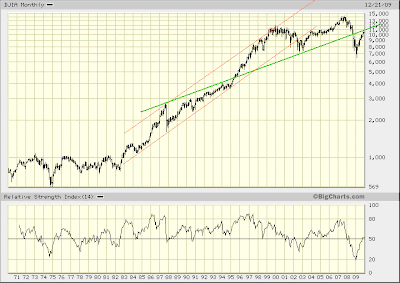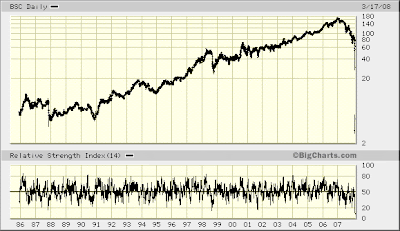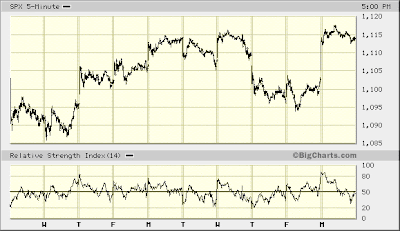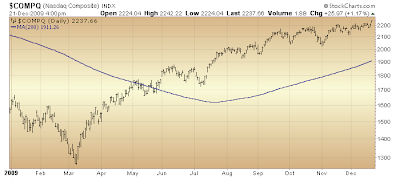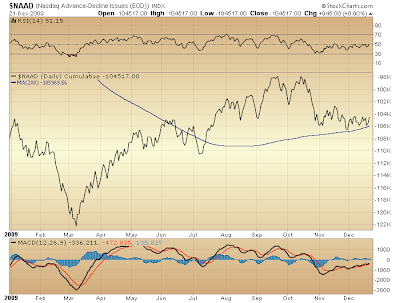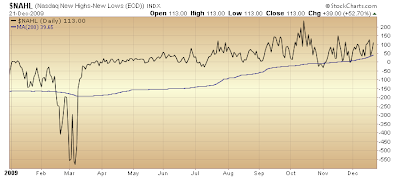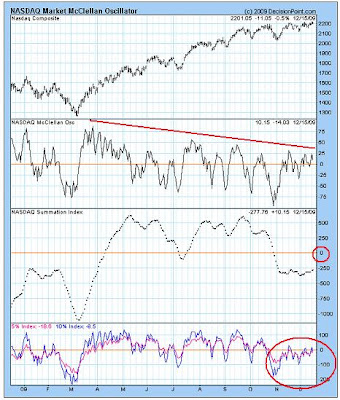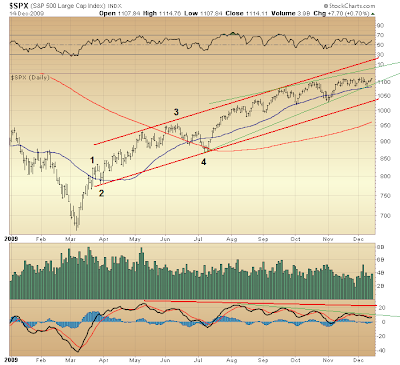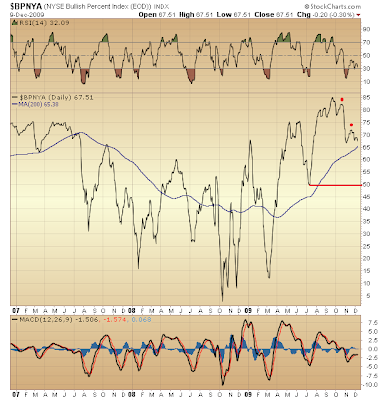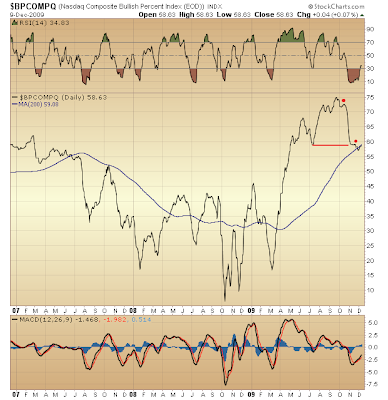What happened during the last hour today? Is someone afraid a pack of pigs are to be slaughtered starting the New Year?
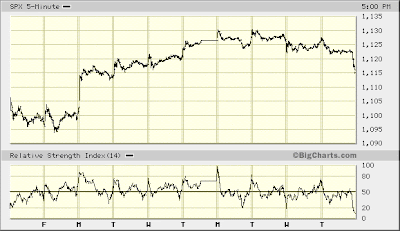
Maybe. (Yet judging by the extreme sell-side depth to which RSI fell, any additional weakness might be short lived.)
It seems if slaughter were likely to kick off the New Year, the entire month of December would have been a lot dicier than it has been. Then again, those among a razor-thin minority wise to the probability equity lives on borrowed time (literally) apparently are taking every minute they're given to drip their holdings to a marginal element that, by hook or crook, more or less are forced to buy.
"Hook" via secondary offerings of issues with significant representation in popular ETFs.
"Crook" via everything the Fed and Treasury are doing to depress the dollar and make U.S. risk assets relatively more attractive to foreigner investors.
On both counts, too, one must give a hat tip to the CME...
How much longer can this go on? Probably until the growing threat of collapse of the dollar reserve system becomes a foregone conclusion. No doubt, increasing threats of sovereign default are hastening the probability, let alone threats of capital controls in a world that cannot monetize insolvent securities fast enough.
All indications continue suggesting growing weakness, both fundamentally and technically. If back in late-June (when the possibility of further advance off March bottom was thought a real, yet more or less meaningless prospect) I had strongly believed the rally's continuation would last as long as it has, I might not have been so sanguine about holding bearish ETF positions. With both fundamental and technical circumstances supporting belief the market could finish negative on the year there was good reason not to over-trade my position.
Well, the wait is proved grueling, no doubt. Yet wisdom suggests it will all work out to my gain because in my experience there has never been a more appropriate moment to be risk averse. If anything, I am guilty of understating the threat most investors face.

* * * * *
© The Risk Averse Alert — Advocating a patient, disciplined approach to stock market investing. Overriding objective is limiting financial risk. Minimizing investment capital loss is a priority.
Analysis centers on the stock market's path of least resistance. Long-term, this drives a simple strategy for safely investing a 401(k) for maximum profit. Intermediate-term, investing with stock index tracking-ETFs (both their long and short varieties) is advanced. Short-term, stock index options occasionally offer extraordinary profit opportunities when the stock market is moving along its projected path.
Nothing is set in stone. Nor is the stock market's path of least resistance always known. More often than not, there are no stock index option positions recommended.
 There's an easy way to boost your investment discipline...
There's an easy way to boost your investment discipline...Get Real-Time Trade Notification!
